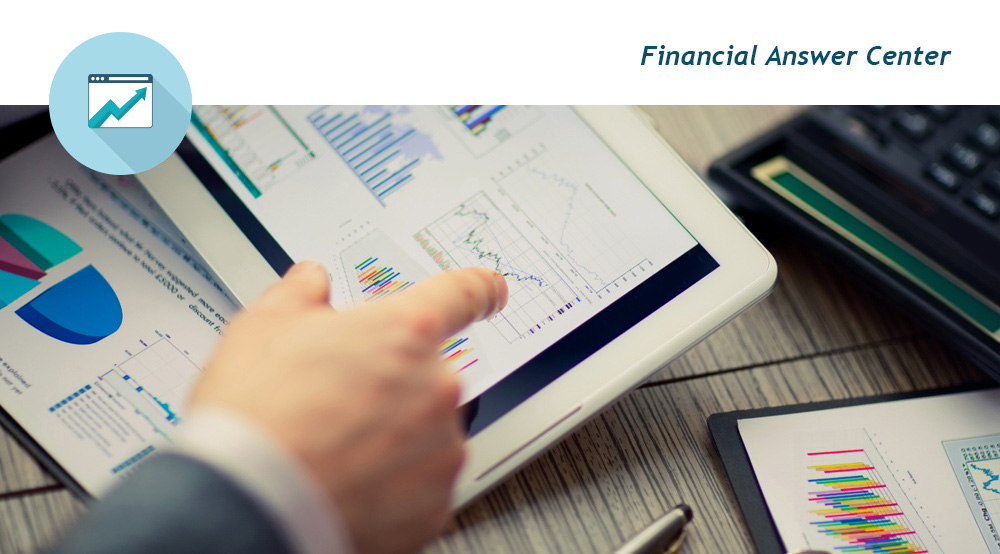
There are several kinds of risk. The two that we will discuss here and that you need to consider are market risk and inflation risk.
Market Risk
Cash-type accounts (bank accounts and money market funds*) are designed to provide safety of principal. You put a dollar in—you get a dollar back with some interest. The value of your account increases because your principal earns interest and your interest earns interest.
Bonds, or notes (less than ten years to maturity), are designed to pay you a fixed rate of interest over the life of the bond. They typically pay a higher return than cash accounts. When the bond comes due (matures), you get your principal back in full (assuming it doesn't default). However, prior to maturity the value of the bond can go up or down depending primarily on the direction of interest rates.
Common stocks offer the potential for even a higher rate of return; but the value of your investment is subject to even greater volatility over the short-term. The stock's volatility is subject to market conditions and the financial well-being of the company you've invested in.
To sum up, market risk is the measure of how much the value of your investment can vary.
History shows us that investing in common stocks means that risk in the short term is greater than risk in the long term. It suggests to those who need their money soon not to invest in stocks.
Money market funds are neither insured nor guaranteed by the Federal Deposit Insurance Corporation or any other government agency. Although they seek to preserve the value of your investment at $1.00 per share, it is possible to lose money by investing in the fund.
IMPORTANT NOTE: Stock investing involves risk, including possible loss of principal. Bonds are subject to market and interest rate risk if sold prior to maturity. Bond values will likely decline as interest rates rise and bonds are subject to availability and change in price.
Inflation Risk
Previously, we talked about inflation. It is your enemy, and it reduces your purchasing power. Your goal should be to increase your purchasing power—and we recommend that you do this by investing to beat inflation by at least 3%.